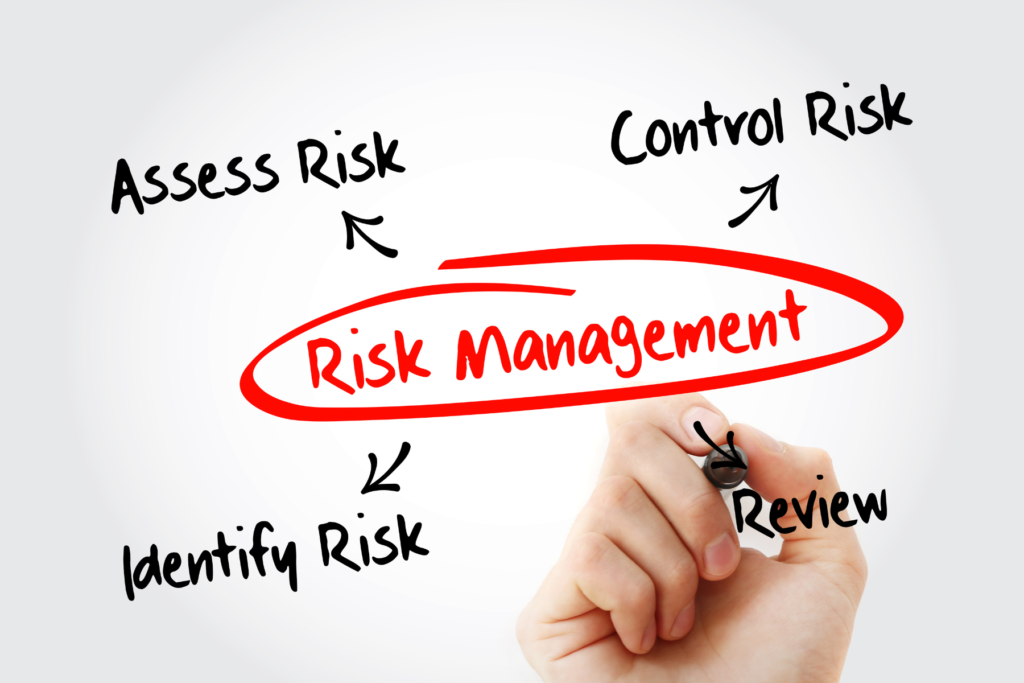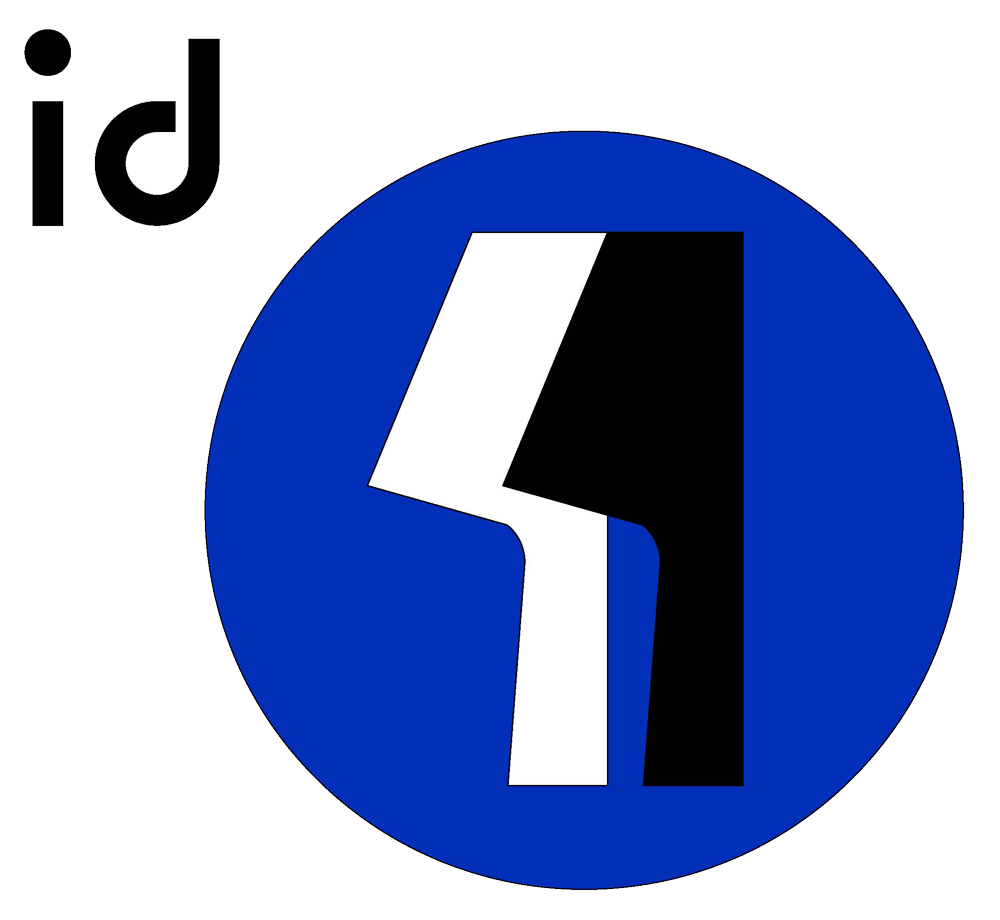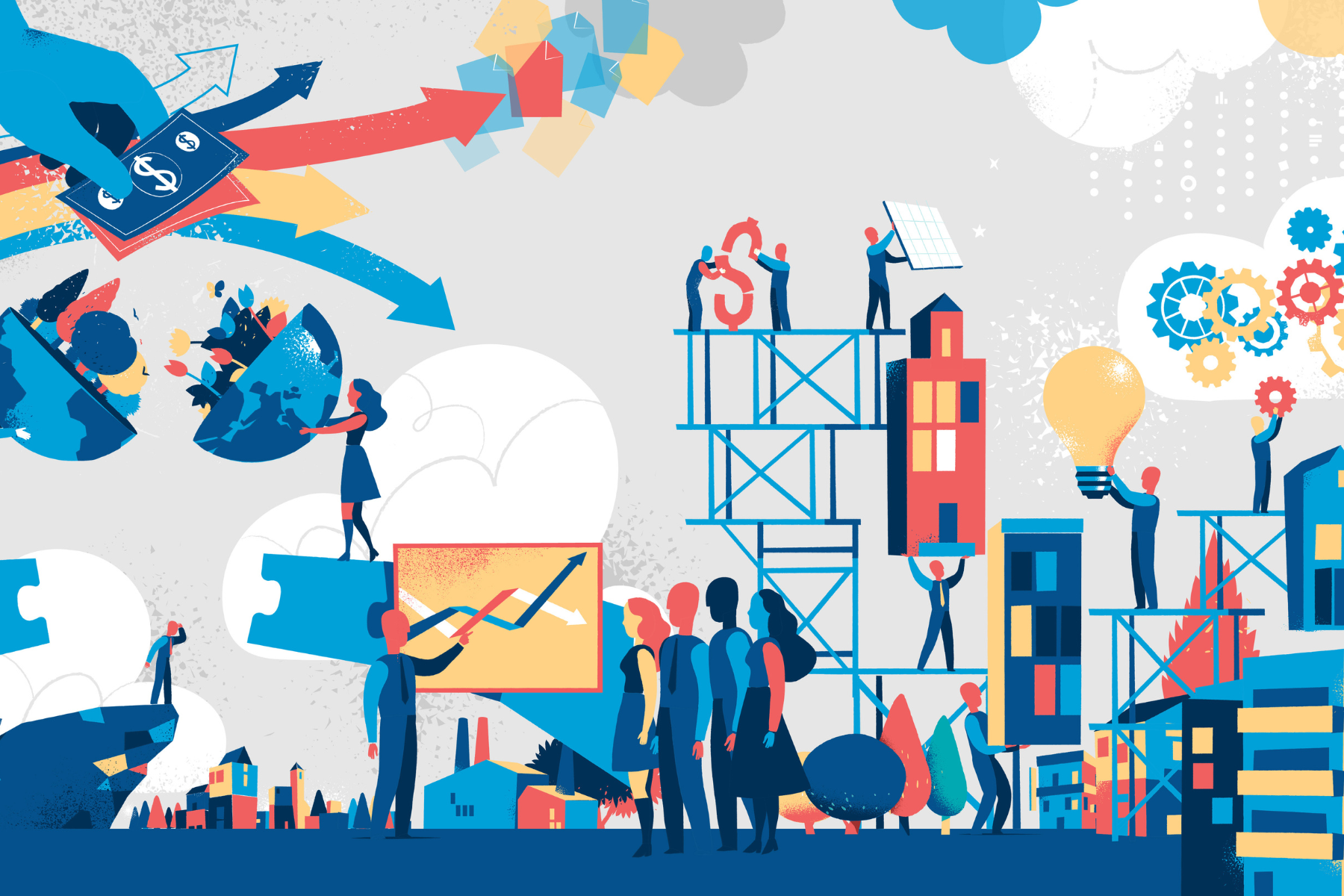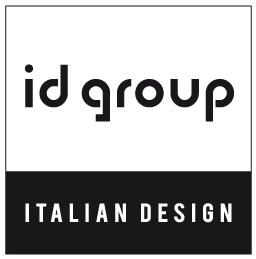Risk management in the construction industry is crucial to project success. Id 11 offers specialized support in drafting the Construction Risk Management Plan, a key document for identifying, assessing and mitigating risks associated with AEC projects.
Importance of Construction Risk Management
Construction Risk Management involves a systematic process of risk identification, response planning and continuous monitoring. This approach reduces accidents, delays and unforeseen costs, ensuring safety and financial stability.
Main Risks in the AEC Sector
Risks can manifest themselves in many forms and negatively affect safety, cost, and timelines. Knowing and addressing these risks is the first step to a successful project. Here are the main risks to consider in the AEC industry:
- Safety: accidents at work
- Financial: unexpected costs, lack of sales
- Legal: contractual disputes
- Design: mismanagement of resources
- Environmental: adverse conditions that may slow down or interrupt the work.
Stages of Construction Risk Management
Through these key steps, potential problems can be identified, their severity assessed and effective preventive measures implemented, ensuring control over risks throughout the project life cycle.
- Risk identification: Analysis of potential project-specific risks
- Risk prioritization: Sorting risks by impact and likelihood
- Response strategy: Defining techniques for dealing with risks, which may include avoiding, transferring, mitigating, or accepting risk
- Implementation of the plan: Application of risk management measures
- Team involvement: Inclusion of all stakeholders in the process
- Contingency plan: Creating contingency measures.

Components of a Risk Management Plan
It should be comprehensive and tailored to the specifics of the project, including all the steps necessary to identify, analyze and mitigate risks. Here are the key elements that a good plan should always contain:
- Introduction of the project
- Stakeholder identification
- Identification and analysis of risks
- Response measures
- Continuous monitoring and updating.
Benefits of Risk Management
Risk management leads to safer construction sites, streamlined operations, and increased profits. A well-structured plan avoids contingencies, improving efficiency and team confidence.
With the support of Id 11, construction projects can benefit from effective risk management, thus ensuring that their goals are met and that safety and economic viability are safeguarded.





